ISRO Demonstrates Solar Hybrid Electric Car
car&bike Team
1 min read
May 02, 2017, 02:54 PM
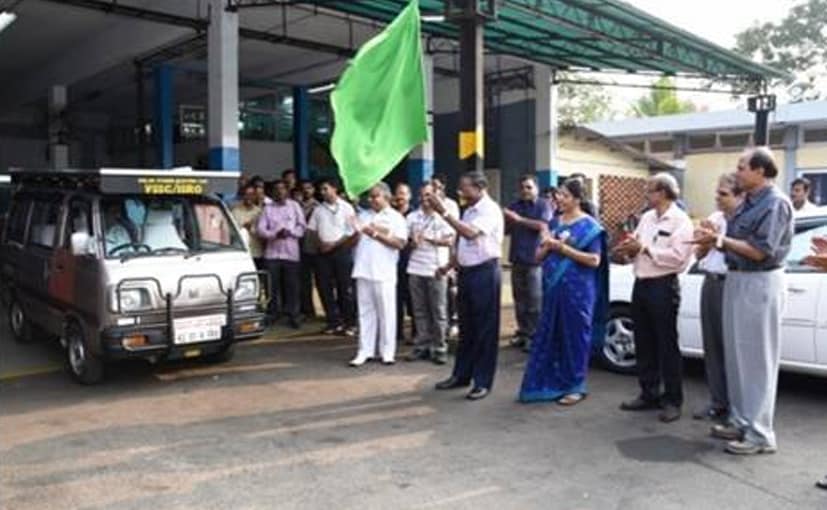
Key Highlights
- A Maruti Omni was fitted with this technology
- Energy is supplied to the vehicle by energy density Lithium ion batteries
- The solar panel charges the battery on the go
As we see the world moving towards electric cars or even hybrids, there’s still a very important energy source that remains untapped - the sun. While there has been a lot of development in the area of using solar energy in homes, there’s also been significant development in the area of using it for transport – solar cars, does it ring a bell? It’s the Indian Space Research Organisation that has now come with a solution. ISRO demonstrated its solar hybrid electric car and there's a strong reason behind working on it. The organisation explained this by saying, “Vehicles using fossil fuels persistently bring serious problems to environment and life. In this perspective, Solar and Electrical energy based hybrid vehicles provide the most effective and viable long-term solution by using renewable energy sources for mobility.”
Vikram Sarabhai Space Centre (VSSC), ISRO, Thiruvananthapuram, demonstrated the running of a solar hybrid electric car using in-house expertise and resources within ISRO. As you can imagine, there were a number of problems that it had to handle and this included, the right solar panel to suit the roof top of car, a super-capacitor to meet the high peak current of beyond 100 A level, an integral gear box to augment the performance of the Brushless DC (BLDC) motor and of course control electronics for the battery and solar panel interface and drive electronics for running the motor in a smooth way. The biggest one of course was the conversion of the internal combustion engine (ICE) based vehicle, which was a Maruti Suzuki Omni, to fit in with the electric motor.
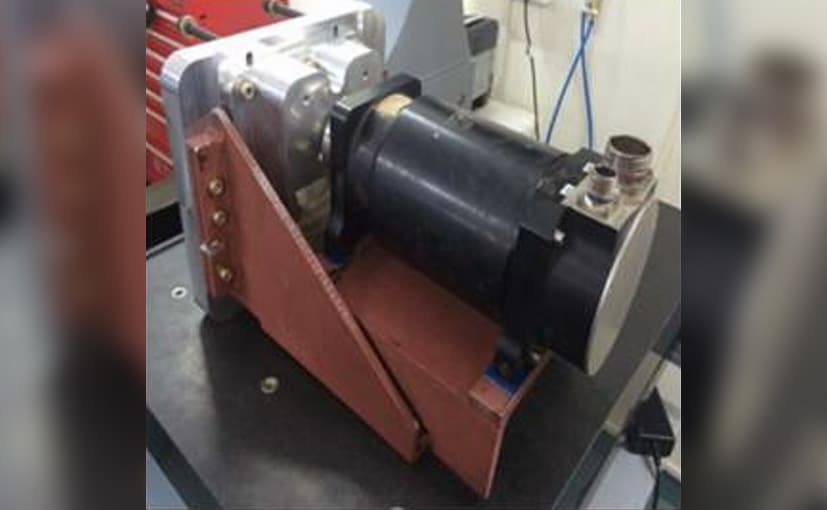 To drive the car, energy was supplied to the vehicle by energy density Lithium ion batteries connected across high power density super-capacitors. The battery delivered the sustained energy requirement while the super-capacitor supported the peak power demand during high torque conditions. This arrangement of power sharing helped in enhancing the life of power-restricted batteries.
To drive the car, energy was supplied to the vehicle by energy density Lithium ion batteries connected across high power density super-capacitors. The battery delivered the sustained energy requirement while the super-capacitor supported the peak power demand during high torque conditions. This arrangement of power sharing helped in enhancing the life of power-restricted batteries.
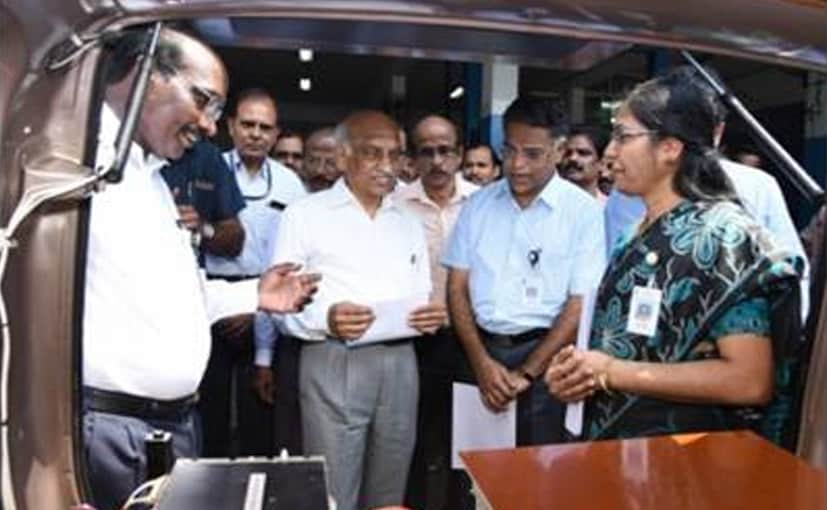 A solar panel fitted on rooftop of the car charges the battery by absorbing the sunlight. Now, this electrical energy needed to be converted to mechanical energy to drive the wheels and this was achieved by integrating an efficient power conversion module between energy system and electric motor. The usage of a Brushless type motor helped in improving the torque and reducing energy input while also helping in weight savings. The organization also states that “Concerted efforts were made to ensure that the associated safety aspects are not compromised while combining various active subsystems of different behaviour for a focused objective.”
A solar panel fitted on rooftop of the car charges the battery by absorbing the sunlight. Now, this electrical energy needed to be converted to mechanical energy to drive the wheels and this was achieved by integrating an efficient power conversion module between energy system and electric motor. The usage of a Brushless type motor helped in improving the torque and reducing energy input while also helping in weight savings. The organization also states that “Concerted efforts were made to ensure that the associated safety aspects are not compromised while combining various active subsystems of different behaviour for a focused objective.”
Image Courtesy: ISRO
Vikram Sarabhai Space Centre (VSSC), ISRO, Thiruvananthapuram, demonstrated the running of a solar hybrid electric car using in-house expertise and resources within ISRO. As you can imagine, there were a number of problems that it had to handle and this included, the right solar panel to suit the roof top of car, a super-capacitor to meet the high peak current of beyond 100 A level, an integral gear box to augment the performance of the Brushless DC (BLDC) motor and of course control electronics for the battery and solar panel interface and drive electronics for running the motor in a smooth way. The biggest one of course was the conversion of the internal combustion engine (ICE) based vehicle, which was a Maruti Suzuki Omni, to fit in with the electric motor.

The Brushless motor had to be modified to improve torque

Energy was supplied to the vehicle by energy density Lithium ion batteries
Image Courtesy: ISRO
Latest News
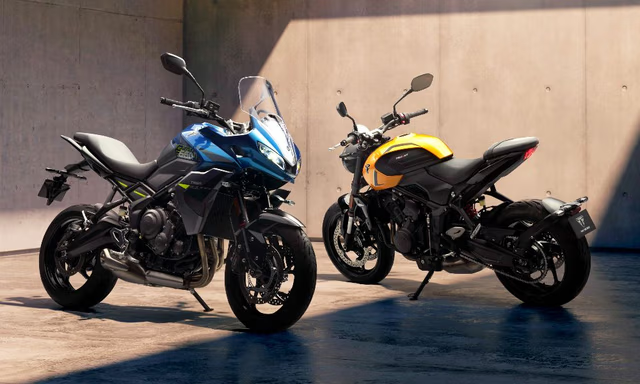 Janak Sorap | Jan 21, 20262026 Triumph Trident 660 and Tiger Sport 660 Unveiled; India Launch This YearBased on the setup offered on the Daytona 660, this is the most comprehensive update the Trident and Tiger Sport has received since its introduction.3 mins read
Janak Sorap | Jan 21, 20262026 Triumph Trident 660 and Tiger Sport 660 Unveiled; India Launch This YearBased on the setup offered on the Daytona 660, this is the most comprehensive update the Trident and Tiger Sport has received since its introduction.3 mins read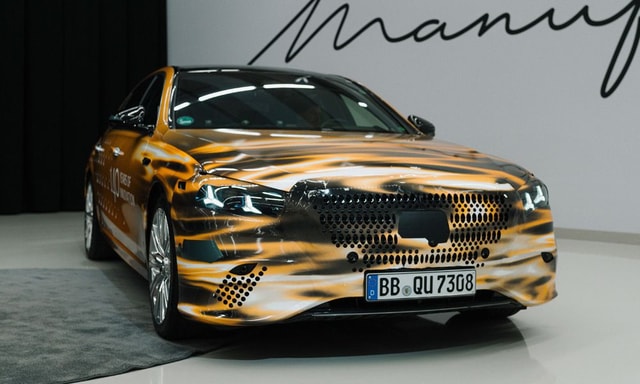 Jaiveer Mehra | Jan 21, 2026New Mercedes-Benz S-Class Previewed Ahead Of Jan 29 Global DebutMercedes says that over 50 per cent of the parts in the upcoming S-class are new, with the car also set to be L4 autonomous driving ready.3 mins read
Jaiveer Mehra | Jan 21, 2026New Mercedes-Benz S-Class Previewed Ahead Of Jan 29 Global DebutMercedes says that over 50 per cent of the parts in the upcoming S-class are new, with the car also set to be L4 autonomous driving ready.3 mins read car&bike Team | Jan 21, 20262026 Jeep Meridian Updated With Sliding Second Row Seats; Prices Start At Rs. 23.33 LakhThe update is limited to select three-row variants of the Jeep Meridian, namely, Limited and Overland.1 min read
car&bike Team | Jan 21, 20262026 Jeep Meridian Updated With Sliding Second Row Seats; Prices Start At Rs. 23.33 LakhThe update is limited to select three-row variants of the Jeep Meridian, namely, Limited and Overland.1 min read Jaiveer Mehra | Jan 21, 2026Skoda Kylaq Classic+, Prestige+ Prices RevealedSkoda has also confirmed a new Sportline variant that will join the lineup later in the year.1 min read
Jaiveer Mehra | Jan 21, 2026Skoda Kylaq Classic+, Prestige+ Prices RevealedSkoda has also confirmed a new Sportline variant that will join the lineup later in the year.1 min read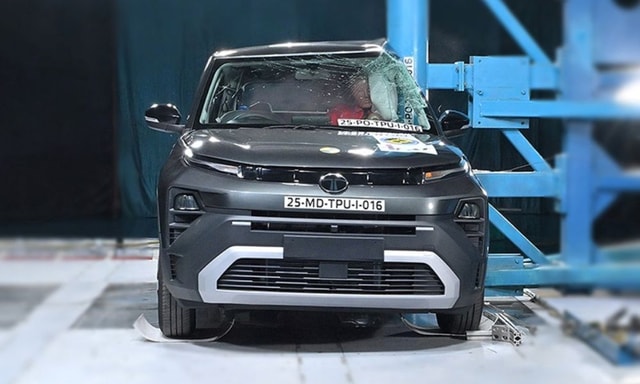 Jaiveer Mehra | Jan 20, 2026Tata Punch Facelift Bharat NCAP Crash Test Scores Revealed; Gets 5-Star RatingFacelifted internal combustion Punch secures 30.58 out of 32 for adult occupant protection and 45 out of 49 for child occupant protection.1 min read
Jaiveer Mehra | Jan 20, 2026Tata Punch Facelift Bharat NCAP Crash Test Scores Revealed; Gets 5-Star RatingFacelifted internal combustion Punch secures 30.58 out of 32 for adult occupant protection and 45 out of 49 for child occupant protection.1 min read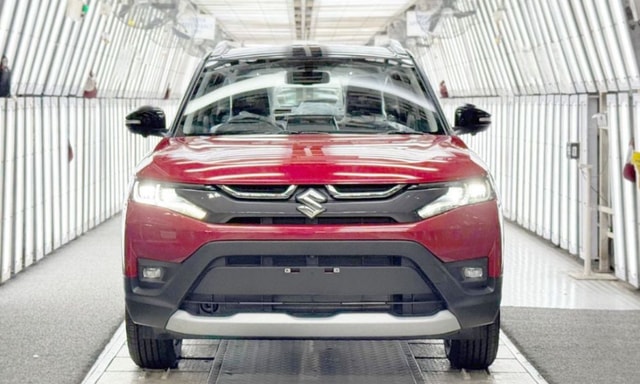 Seshan Vijayraghvan | Jan 20, 2026Maruti Suzuki To Invest Rs. 35,000 Crore For Setting Up New Manufacturing Plant In GujaratThe new facility will come up in Khoraj, on 1,750 acres of land provided by Gujarat Industrial Development Corporation (GIDC).2 mins read
Seshan Vijayraghvan | Jan 20, 2026Maruti Suzuki To Invest Rs. 35,000 Crore For Setting Up New Manufacturing Plant In GujaratThe new facility will come up in Khoraj, on 1,750 acres of land provided by Gujarat Industrial Development Corporation (GIDC).2 mins read
 Bilal Firfiray | Jan 21, 2026Tata Punch Facelift Review: New Turbo Engine; Same Old SoulWith the update, the Tata Punch facelift retains its character of being a healthy runabout, which is perfect for Indian roads. But have these changes made it any better?7 mins read
Bilal Firfiray | Jan 21, 2026Tata Punch Facelift Review: New Turbo Engine; Same Old SoulWith the update, the Tata Punch facelift retains its character of being a healthy runabout, which is perfect for Indian roads. But have these changes made it any better?7 mins read Amaan Ahmed | Jan 17, 2026Bajaj Chetak C25 First Ride Review: Basic, Likeable E-Scooter For First-Time RidersThe Chetak C25, in quite a few ways, is poles apart from the larger and more powerful 30 and 35 Series models, but in its mannerisms, it is very much a Chetak.8 mins read
Amaan Ahmed | Jan 17, 2026Bajaj Chetak C25 First Ride Review: Basic, Likeable E-Scooter For First-Time RidersThe Chetak C25, in quite a few ways, is poles apart from the larger and more powerful 30 and 35 Series models, but in its mannerisms, it is very much a Chetak.8 mins read Bilal Firfiray | Jan 9, 2026Toyota Urban Cruiser Hyryder: 10,000 km Long-Term ReviewAfter spending over three months and 10,000 km with the Toyota Urban Cruiser Hyryder Hybrid, we were impressed by its real-world mileage, seamless hybrid, practical comfort, and Toyota reliability. Is it the best C-SUV then?5 mins read
Bilal Firfiray | Jan 9, 2026Toyota Urban Cruiser Hyryder: 10,000 km Long-Term ReviewAfter spending over three months and 10,000 km with the Toyota Urban Cruiser Hyryder Hybrid, we were impressed by its real-world mileage, seamless hybrid, practical comfort, and Toyota reliability. Is it the best C-SUV then?5 mins read Seshan Vijayraghvan | Jan 8, 20262026 Mahindra XUV 7XO Review: Big On Tech, Bigger On ComfortThe new Mahindra XUV 7XO is flashier, feature packed, and comes with more advanced tech. But are the changes just incremental or actually substantial?1 min read
Seshan Vijayraghvan | Jan 8, 20262026 Mahindra XUV 7XO Review: Big On Tech, Bigger On ComfortThe new Mahindra XUV 7XO is flashier, feature packed, and comes with more advanced tech. But are the changes just incremental or actually substantial?1 min read Preetam Bora | Jan 10, 2026Simple One Gen 2 First Ride Review: 265 km Claimed Range!The Gen 2 model of Simple Energy’s first electric scooter gets a fair few updates, including new features, tech, more range and lighter weight. We spent a couple of hours with the Simple One Gen 2 to find out if it manages to impress.6 mins read
Preetam Bora | Jan 10, 2026Simple One Gen 2 First Ride Review: 265 km Claimed Range!The Gen 2 model of Simple Energy’s first electric scooter gets a fair few updates, including new features, tech, more range and lighter weight. We spent a couple of hours with the Simple One Gen 2 to find out if it manages to impress.6 mins read





















































































































